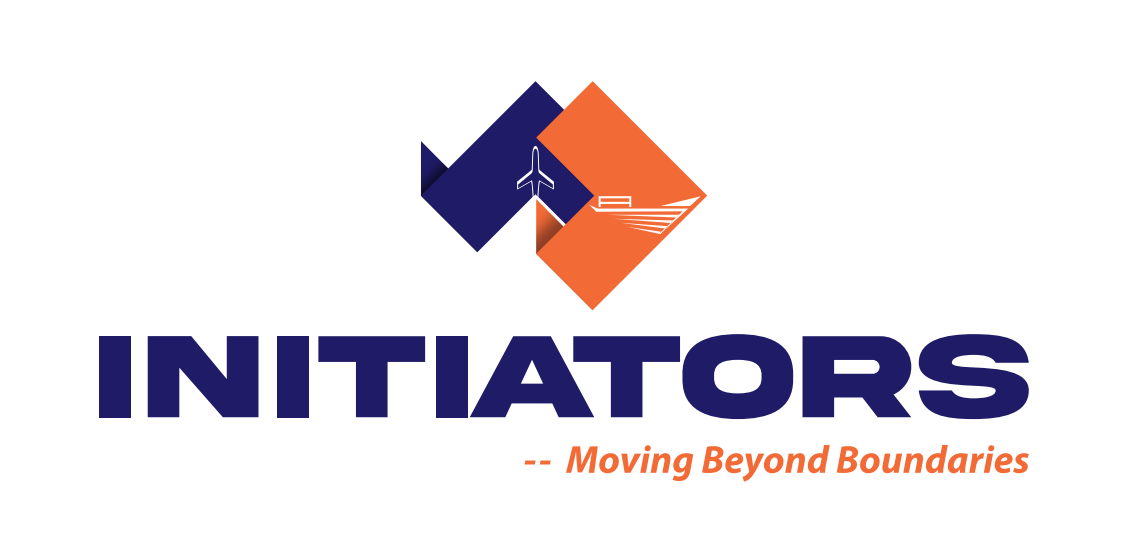
Introduction
India’s robust trade relationship with Iran has long been anchored in the export of agricultural commodities, including tea and rice. However, recent economic developments, such as the devaluation of the Iranian rial, have raised concerns about the future of these exports. This blog explores the potential impact of Iran’s currency challenges on India’s trade, the causes behind the devaluation, and strategies exporters can adopt to mitigate risks.
Understanding the Rial Devaluation
The Iranian rial has been facing significant pressure due to geopolitical tensions, economic sanctions, and fluctuating oil prices. These factors have led to a depreciation of the rial, reducing its purchasing power and making imports costlier for Iranian buyers.
Tea and Rice: The Cornerstones of Indo-Iran Trade
India has been a major supplier of tea and rice to Iran, with these commodities enjoying a strong demand due to their high quality and competitive pricing. However, the weakening rial presents a double-edged sword:
- Affordability Concerns: Iranian importers may struggle to pay for Indian goods, impacting the volume of trade.
- Payment Delays: Currency volatility could lead to longer payment cycles, increasing financial risks for exporters.
Potential Challenges for Exporters
- Currency Exchange Losses: Payment in a weaker rial may translate to reduced earnings in Indian rupees.
- Reduced Orders: Iranian buyers might scale down their purchases due to increased costs.
- Sanctions and Banking Issues: Trade routes and payment mechanisms could face disruptions due to sanctions on Iran’s financial systems.
Opportunities Amid Challenges
Despite these concerns, there are ways to adapt:
- Government Support: Exporters can seek assistance through subsidies or trade agreements designed to counterbalance the impact of currency fluctuations.
- Diversification: Expanding to other Middle Eastern or Asian markets can reduce dependency on Iran.
- Barter Trade: Exploring barter mechanisms, such as trading commodities directly for Iranian goods, could bypass the need for currency exchanges.
Conclusion
While the devaluation of the rial poses significant challenges for India’s tea and rice exporters, proactive measures and strategic planning can help mitigate risks. Collaboration between exporters, government bodies, and trade associations will be key to sustaining this vital trade relationship.
